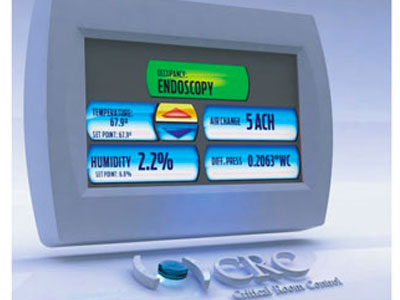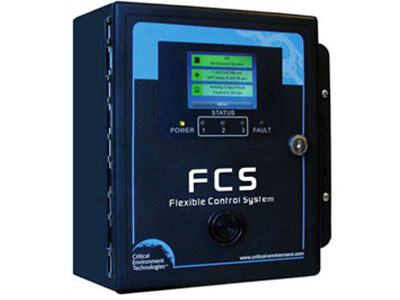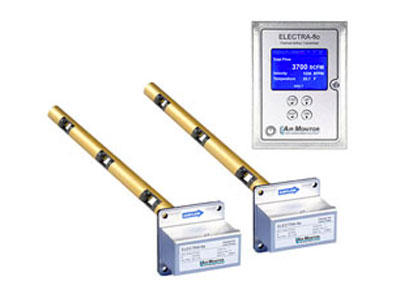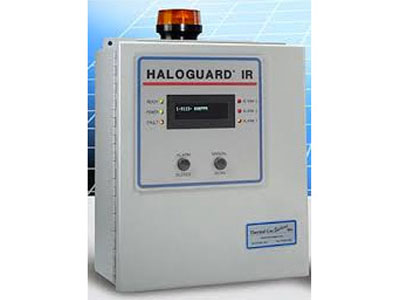Drawing and conditioning outside air for heating, cooling and ventilation applications remains a standard practice for new constructions, refurbished and older buildings alike. But in order to ensure occupant safety and comfort, air brought in from the outside must be accurately measured. Additionally, managing outside airflow is critical in reaching energy savings goals, and regulations associated with today’s high-performance buildings.
Why Measure?
Unlike other utilities, outdoor air is mandated by code requiring a certain amount of outdoor air to be delivered to a space. The American Society of Heating, Refrigerating and Air-Conditioning Engineers (ASHRAE) publishes multiple documents and standards to help ensure that ventilation health, regulatory, energy, performance, code and other requirements are met.
ASHRAE regulations include:
ASHRAE 62.1
This is the standard for outdoor air quality and amount of outdoor dilution air brought into a building based on building size, type and occupancy. ASHRAE 62.1 has become the de facto standard for determining the amount of outdoor airflow required for a commercial building. This standard also provides guidance regarding how to balance the need for outdoor air versus the energy cost associated with conditioning that air. While this standard does not directly mandate airflow measurement – measuring airflow is the optimum way to ensure compliance.
ASHRAE 189.1
This standard governs the design and operation of high-performance green buildings. This standard incorporated 62.1 and mandates that airflow be measured and accurate at each system level device. Accuracy is the key; while measuring outdoor air is important, ensuring its accuracy is critical.
ASHRAE 90.1
This is the minimum energy standard defining the minimum energy efficiency requirements for the design and operation of new and existing buildings. While it does not directly mandate outdoor air, this standard relates to the operation and control of ventilation systems as they relate to climate zone, building size, type and so on.
Up next: The consequences of not measuring.
Learn More
For a more detailed look at this topic, including installation requirements, the formulas for calculating accuracy and measurements be sure to view the Air Monitor Corporation free on-line webinar: “Yes You Can Accurately Measure Outdoor Airflow”.
View the webinar here: https://www.airmonitor.com/whats-new/






